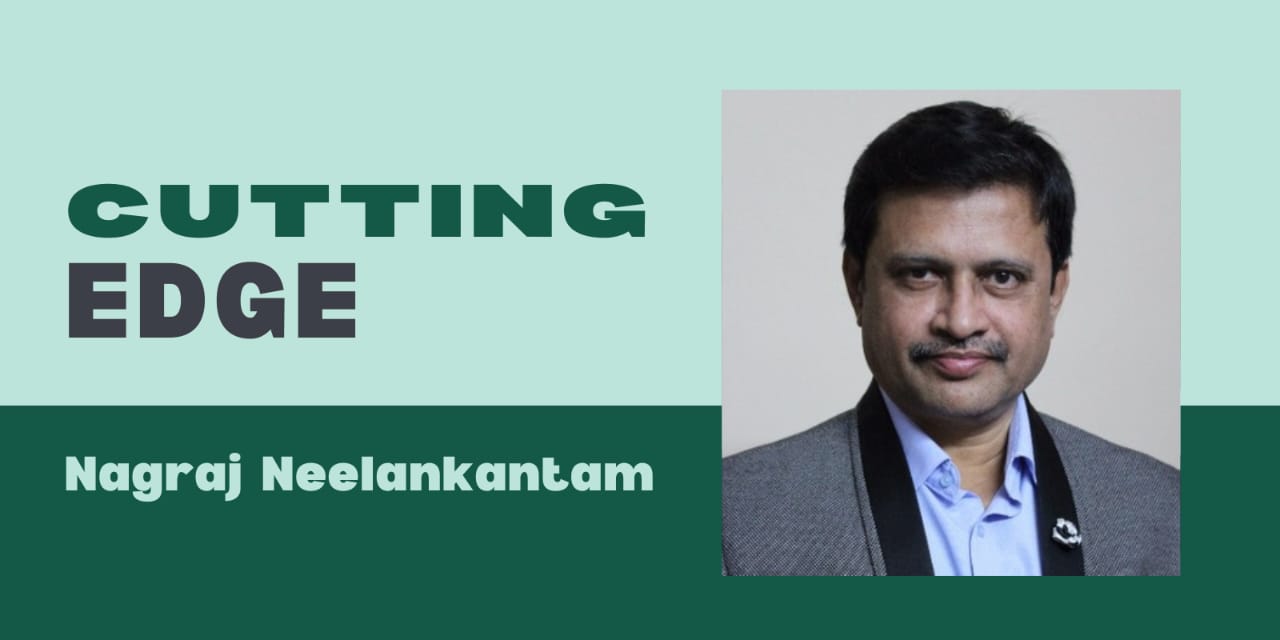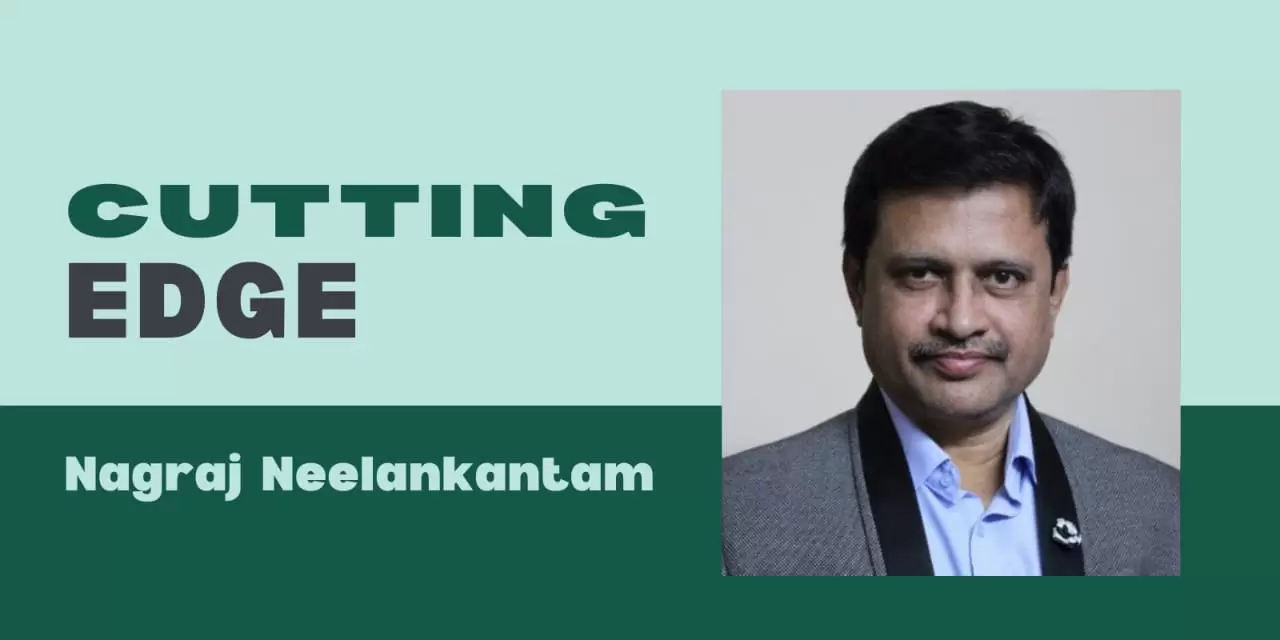In the grand theatre of Indian democracy, the recent Bihar Legislative Assembly elections unveiled a paradox both startling and instructive. Like a river that spreads wide yet fails to carve a deep channel, the Rashtriya Janata Dal (RJD) secured the highest statewide vote share but fell far behind in the race for power. This contradiction—winning the votes of many, but the seats of few—offers an illuminating study of electoral mathematics and Bihar’s social undercurrents. Through a blend of analytical insight and cultural wisdom, this feature examines why votes don’t always become victories, and how India’s electoral machinery can craft outcomes that seem, at first glance, at odds with the popular mood.
As counting closed, Tejashwi Yadav’s RJD had garnered around 23% of the statewide vote—about 1.15 crore ballots, the highest for any party this election. Yet this impressive tally translated into only 24–25 seats out of the 143 it contested. Meanwhile, the National Democratic Alliance (NDA), driven by the BJP and JD(U), converted similar or even lower vote shares into a commanding majority, sweeping over 200 of the 243 seats and forming the government with ease.
The root of this contradiction lies in India’s First-Past-The-Post (FPTP) electoral system. Unlike proportional representation, FPTP rewards concentrated majorities in individual constituencies, not cumulative vote share across a state. A party with widely dispersed support may secure numerous second-place finishes but still lose every seat. This year, RJD’s “wide yet shallow” appeal produced strong—but insufficient—runner-up performances across dozens of constituencies. As election analyst Sumeet Jain observes, “In Bihar, it is the distribution, not the volume, of support that determines who wields power.”
The plot thickened with the dynamics of alliances and ground-level strategy. Though RJD contested the highest number of seats, the NDA partners demonstrated far tighter coordination and sharper vote consolidation. JD(U)’s remarkable resurgence was particularly striking: it flipped 50 of its 59 direct contests with RJD—an extraordinary turnaround from past cycles—driven by disciplined cadre work, targeted messaging, and caste realignments. The BJP, too, registered its best-ever performance in Bihar, underscoring the impact of constituency-level planning over broad statewide swings.

But numbers tell only part of the story. The Bihar paradox echoes a deeper truth about how identity, alliances, and social cohesion influence political outcomes. Success, as Sanatani wisdom teaches, rests not only on effort but on timing, harmony, and collective alignment. This election revealed the NDA’s success in weaving together caste coalitions, religious sentiments, and hyper-local leadership networks—an intricate social choreography that RJD could not match. As Sumeet Jain notes, effective politics still hinges on “man-to-man contact,” reminding us that digital campaigns must be anchored in lived reality.
The Bigger Picture: Lessons for Indian Democracy
The 2025 Bihar elections are not merely a story of one party’s rise and another’s setback. They reveal the dual character of India’s democratic architecture—robust in its representation of regions and identities, yet occasionally misaligned with aggregate popular sentiment. For policymakers, reformers, and engaged citizens, the takeaway is clear: empowerment emerges only when participation, representation, and alliances converge in sync.
Better public understanding of vote mechanics, more transparent coalition-building, and long-term discussions on electoral reform may help reduce the gap between popular support and legislative outcomes. Like the Ganga, democracy flows strongest when guided, not fragmented; when it gathers its streams into a coherent force.
The story of Bihar in 2025 is thus a mirror to Indian democracy’s intricate dance of numbers and narratives, of science and tradition, of victories counted not just in seats but in the hearts of communities. And it offers a gentle reminder to the conscious voter: every ballot is not merely a paper mark, but a thread in the living tapestry of a nation in motion—whose strength lies not only in how much it receives, but in how meaningfully it gathers and weaves the collective will.





